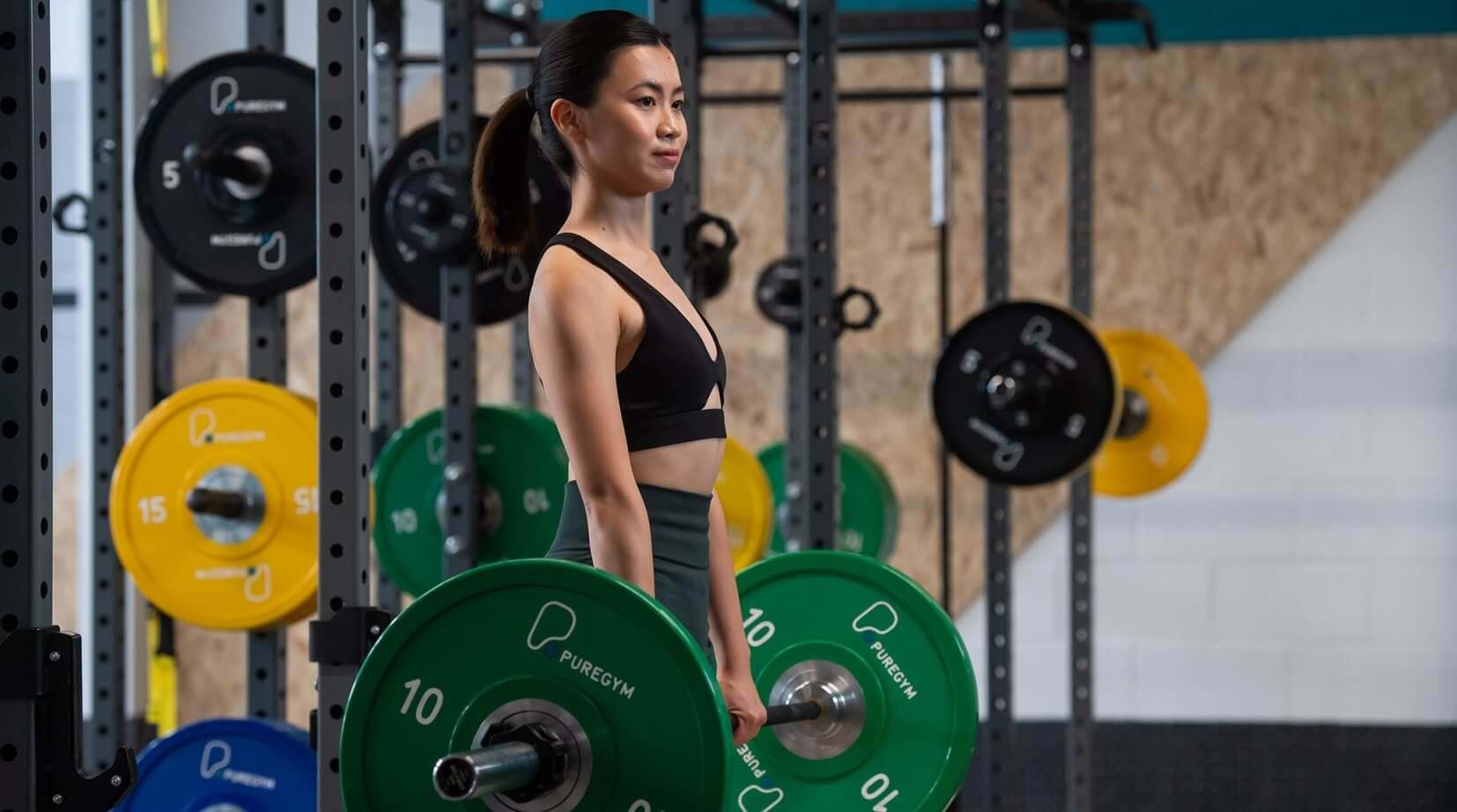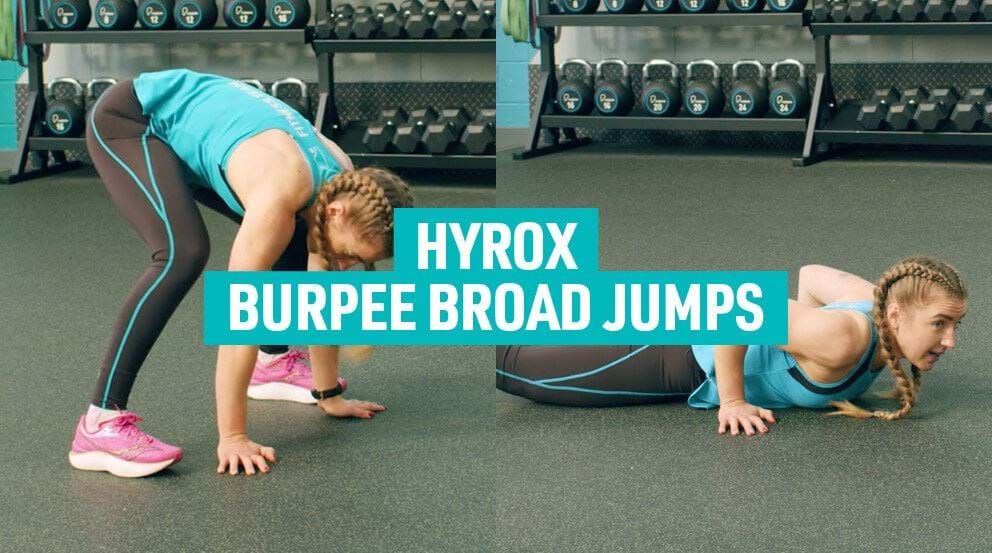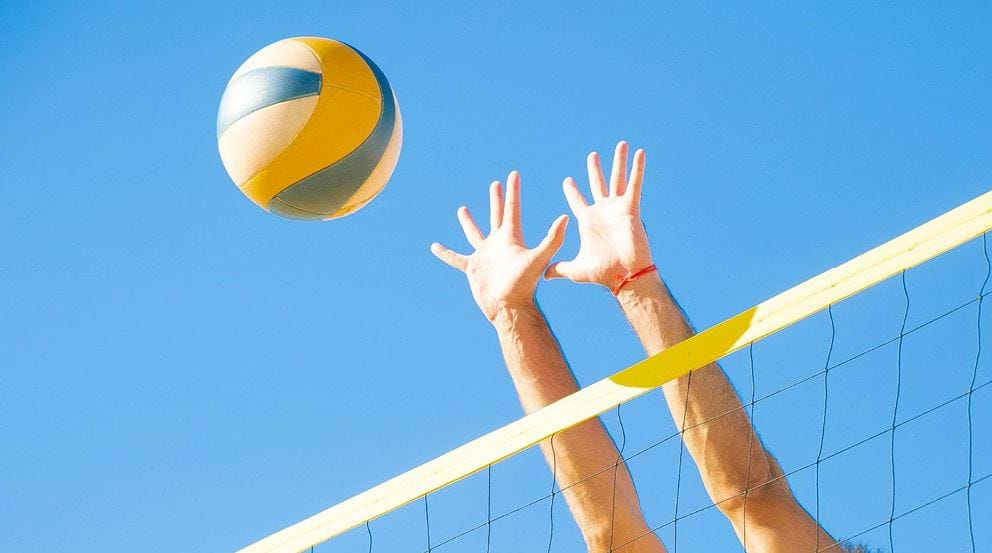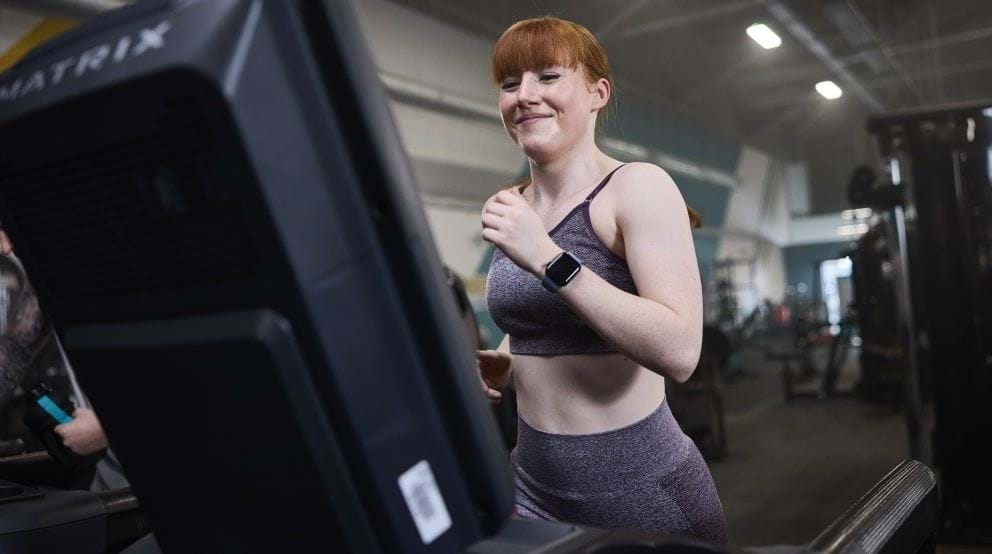Myth Busting: Can Weightlifting Stunt Your Growth?

Can Lifting Weights Stunt Growth? | Risks For Young People | Best Weightlifting Age | Safe Resistance Workout Plan
For years, there's been a widespread belief that weight training can hinder children's growth. Many worry that lifting weights before age 15 or 16 could damage growth plates. But is this really true?
Flyn Woodward, PT at PureGym Llantrisant, sheds light on this topic, dispelling myths and separating fact from fiction.
Can Lifting Weights Stunt Growth?
In short, no, it's extremely unlikely that lifting weights from a young age will stunt growth. These fears and misinformed concerns that resistance training would permanently damage the growth plates of younger people are simply not supported by robust scientific reports or clinical observations. In fact, studies have long shown that moderate weight and resistance training is safe for children, with no negative impact.
In fact, resistance training is actually an effective strategy for increasing bone health during the growing years, as well as improving strength and helping to build a healthy relationship with exercise.
Are There Risks To Weightlifting At A Young Age?
Like any form of exercise, weightlifting does come with some risks for adults and younger people alike. These risks are usually a result of poor form or over-exertion, whether that's intensity, frequency, or a combination of both.
Potential risks include:
- Ligament injuries: Growth plates are areas of new bone growth in children and teens. Growth plates are made up of cartilage and occur near the end of long bones. Lifting too much weight can injure tendons and cartilage, including the growth plates -- it's likely that this is where the myth of weightlifting stunting growth has come from. While avoiding injury is important, it's worth noting that these injuries are highly unlikely to be permanent and will not stunt growth.
- Muscle injuries. While weightlifting is beneficial to muscle mass and strength, there is some risk of injuries like muscle strains and tears. This is more likely to happen when the focus is on lifting heavy weights or lifting at speed, rather than lifting with correct technique. It's also more likely to occur when the person isn't getting enough rest, both in the short and long term.
- Overuse injuries: Repeated strain on the same muscles and joints can lead to overuse injuries.
The key to safety lies in proper training. Strength training programs must be carefully designed to suit an athlete's age and skill level. This principle applies to both children and adults. When supervised by qualified professionals and tailored to individual needs, goals, and ability levels, strength training is safe and beneficial for young people.
It's advised that coaches focus on teaching young athletes correct movement patterns and techniques before pushing them to heavy resistance training. Young athletes should be taught to jump and land, twist and turn, and perform all the basic movements like a squat, hinge and lunge with good form before being pushed to lift any weights, and especially heavy weights.
What Age Is It Recommended To Start Weightlifting?
Most children can begin strength training, including lifting weights, as early as ages 7 or 8. However, as children grow and mature at different ages, it's a safer approach to assess certain skill levels before starting resistance training. These include:
- Being able to listen and follow instructions
- Showing good postural control and balance
- Understanding the safety considerations
Being competent in these areas will show the child should be able to perform the movements effectively and reduce any risk of injury.
It's also important that the child wants to start weightlifting. Building a healthy relationship with movement at a young age will help children to stay active as they grow older, so avoid pushing them into something they don't want to do.
If your child is uninterested or are too young to start weightlifting, the best approach is to encourage them to move freely and play as much as possible, or to try sports and more physical activities. This will help them to express themselves and find joy in movement.
Being able to squat, push, pull, hinge and lunge is the best starting point for any strength-building plan. Meanwhile, balance and coordination are a great way to assist with a child's motor skills.
Spending time playing outdoors is a great way to build movement skills like running, jumping, crawling, and climbing, and these are all forms of bodyweight resistance training that will transfer into strength for workouts once they are ready.
What Is A Safe Approach For Younger People To Start Weightlifting?
When introducing early and pre-teens to resistance exercise or weightlifting, it's best to ease in with an initial focus on bodyweight movements. This helps to build strength and mobility while teaching correct form, to prepare for lifting weights.
Examples of bodyweight exercises to start with include:
- Squats: Help to build lower body strength and balance.
- Lunges: Improves bilateral leg strength, balance, and coordination.
- Push-ups: Strengthens chest, shoulders, and triceps, as well as core strength and stability.
- Crunches and planks: Builds core strength and stability.
- Inverted rows: Builds back and arm strength.
You can introduce light weights once the child is comfortable with bodyweight exercises and demonstrates good form. Aim for around 12 to 15 repetitions per set, and gradually increase the weight as strength improves.
Movements could include:
- Dumbbell rows: Target the back muscles.
- Bicep curls: Strengthen the biceps.
- Tricep extensions: Target the triceps.
- Shoulder press: Work shoulders and triceps.
Older teenagers can then progress to machine and barbell workouts - check out this workout plan for teenagers for more ideas.
While young people need to be at least 16 years old to become a PureGym member, all of the above can easily be done at home with just a few handheld weights, like dumbbells. Once they're 16 and ready for heavier weights, then we have a range of high-quality weights equipment available at all of our gyms to help them elevate their training even further.


